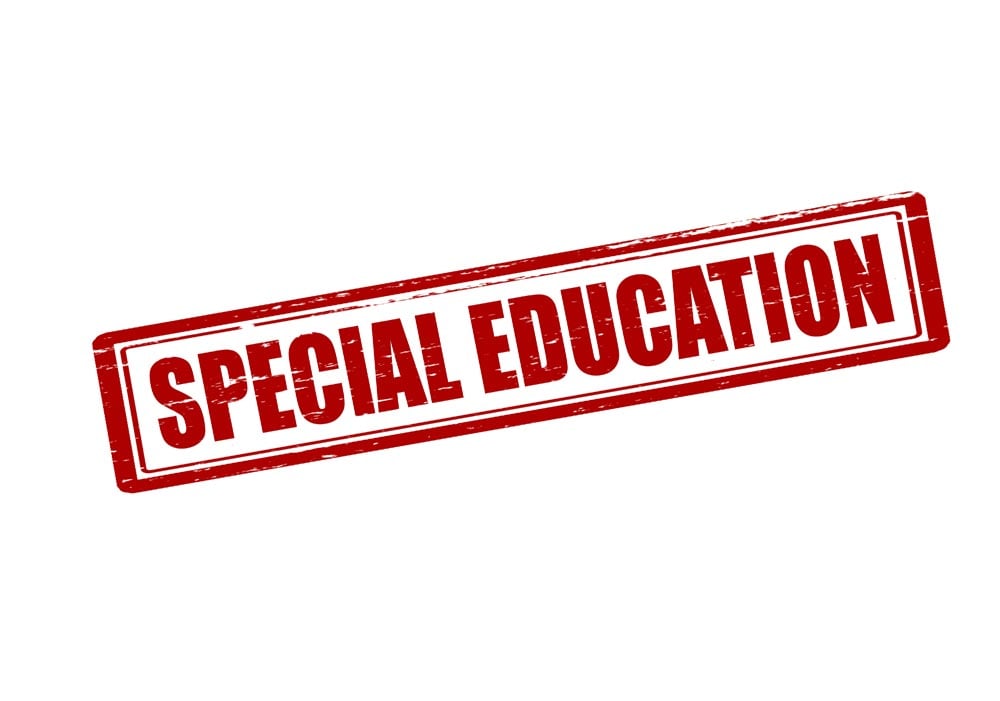For years, Faya and I have worked with families needing to consider therapeutic school planning for their child. More often than not, these cases come forward when a family is in total crisis. These crises are typically in one of two categories: 1) the student is in crisis at school and the administration has raised serious red flags and imposed academic probation or has just counseled the student out of their program, or 2) the student holds it together well enough at school but then regularly engages in risky behavior, presents a safety to risk to self or others, or unleashes fury on mom, dad, and/or siblings after school and weekends. There are plenty of instances where both school professionals and parents share similar observations, but often the emotional dysregulation plays out differently at school and at home. Similarly, we work on this planning for young adults needing supportive services too.
It’s very common to see hints of stress sensitivity, frustration intolerance, rigidity, or anxiety at younger grade levels that escalate considerably during the 7th, 8th and/or 9th grade years. At these ages, social pressures have increased as well as academic expectations and extracurriculars. Hormones are shifting and adolescence takes over, which brings challenges under the best of circumstances. When clinically significant mood disorders, anxiety, substance use, phone or gaming addiction, learning disabilities, and/or social pragmatic challenges are added to the picture, it creates the “perfect storm” often leading to therapeutic school planning.
While New York City has a wealth of resources and many of the best mental health professionals in the world, it is surprisingly limited on therapeutic school options. We do have several great institutions, but space is limited, and they’re not designed for all student profiles. Fortunately, there are incredible programs across the country offering gold standard, residential, therapeutically immersive intervention, but consideration of them requires casting a wider net and keeping a more open mind. For parents suffering a crisis situation, the idea of considering a therapeutic program in Connecticut, Massachusetts, New Hampshire, Maine, Virginia, North Carolina, Utah, Idaho, Montana, Colorado, Hawaii or elsewhere seems unfathomable and terrifying. But for our families who have taken this brave step, it’s typically been the start to a positive and reparative family experience.
Annually, Faya and I consistently spend about 40% of our calendar year visiting and re-visiting programs across the country and attending professional conferences in addition to our local school visits. When we travel, we’re visiting a range of licensed and accredited programs from mainstream boarding schools to specialized boarding schools (for students with specific types of learning differences) to therapeutic environments. These therapeutic environments range from hospital settings to wilderness programs to residential treatment centers and therapeutic boarding schools. Our preferred programs have top-notch faculty, including Master’s level and PhD level clinicians, providing supervision and treatment. The treatment plan is informed by a thorough intake process, making use of comprehensive evaluations, and developed in collaboration with the stakeholders at home so that each student has an individualized plan. Like skillful educators are cross-trained in a variety of evidence-based instructional approaches, these faculties are cross-trained in a variety evidence based therapeutic modalities.
The lines can be a little blurry as you compare programs, and some outlier hybrid models exist, so it’s critical that families work with trusted educational consultants, which these programs strongly prefer. Ideally, your Educational Consultant should be a Professional Member of NATSAP and IECA with a therapeutic school placement designation. When parents attempt to find programs on their own they can be overwhelmed by the myriad beautiful websites all promising the same desired outcomes. The most effective Educational Consultants spend time visiting programs, connecting with clinical teams and school leadership, and learning about the finer points that differentiate each program. This “boots on the ground” approach puts us in a unique position to make a better match between program and student. In our case, we have professional designations for mainstream, specialized and therapeutic school planning, which is highly unusual and extremely advantageous for our families as they navigate different pathways and timelines for a specific child or siblings within a family.
In our experience, many families are perplexed about the location of these therapeutic programs and cannot imagine enrolling their child in a program so far away. But there’s good reason for these programs being located outside of New York City. First, there’s a history to consider within this industry that is deeply rooted in programming at Brigham Young University. As a result, many professionals in this space got their start in Utah or Idaho at groundbreaking, successful programs and then branched out from there. Second, a huge part of the therapeutic process makes use of the majestic scenery out west — and across our country — with easy access to nature for adventure and recreation therapy. Many children are better served in quieter parts of the country where they’re able to feel more grounded with less sensory stimulation and fewer transitions. Finally, it’s worth noting that New York City attracts a certain personality type that skews toward being more Type A and amped-up. When you spend time in quieter parts of the country, you can’t help but notice a considerable shift. It’s a stark contrast to New York City and the perfect opportunity for many students to access the time and space they need to find themselves, develop coping strategies, identify a purpose, and engage in goal-setting.
We appreciate that therapeutic residential settings are rarely a family’s first choice, and we support exhausting all local resources before making this sort of transition. But if it’s needed, we’re so fortunate to have such great options available. Enrolling a child in one of these programs is an incredible gift and can truly save a child’s life — a fact many students have explicitly shared with us as a result of their positive experiences. Choosing one of these programs isn’t about giving up on parenting or breaking up a family. Quite the opposite. When a family is bought into the process and a genuine partnership is established, the reparative experience and positive impact stands to be huge. So when is it time to consider therapeutic school planning? Here are several signs for parents:
• Your child is regularly engaged in school avoidance or refusal.
• You can’t seem to schedule enough time with your child’s therapeutic team in New York City (or your local area).
• You’re hemorrhaging resources (e.g. emotionally, financially, socially) on one child at the expense of other children in the family.
• You’re walking on eggshells to avoid triggering your child.
• You feel like you’re living with a Jekyll and Hyde personality.
• You do not feel like you can appropriately monitor your child’s safety.
• Your marriage or partnership is suffering.
If you’re concerned about your child’s trajectory and looking for therapeutic school planning support, please contact our office to discuss your family’s situation in more detail.
To access therapeutic program research, best practices, and historical detail, we suggest:
Outdoor Behavioral Healthcare Council
Association for Experiential Education
NATSAP Research
Stories From The Field,by Will White
All Kinds of Therapy, by Jenney Wilder
By Brad Hoffman, M.S.Ed. and Educational Consultant, My Learning Springboard
 Each school year we help parents to manage the awkward preschool year. What does it mean? What are the considerations?
Each school year we help parents to manage the awkward preschool year. What does it mean? What are the considerations? Research has shown that many students
Research has shown that many students  It surprising in this environment of data-driven education that teachers are still sometimes surprised to find out when their students are doing poorly at the end of the term, or that many
It surprising in this environment of data-driven education that teachers are still sometimes surprised to find out when their students are doing poorly at the end of the term, or that many  Students trying to go from good to great in their school work will benefit from employing strong executive function skills. Developing these skills authentically happens over time and inherently includes behavior modification. Therefore, these skills, which include the ability to plan and organize time and work; the ability to initiate and complete a task; the ability to shift gears/sets depending on the situation; the ability to organize or impose order on work and play storage spaces; and the ability to self-monitor performance and attention are best taught in contextualized, meaningful, and authentic situations. There is no scripted curriculum. Developing executive function skills is all about developing
Students trying to go from good to great in their school work will benefit from employing strong executive function skills. Developing these skills authentically happens over time and inherently includes behavior modification. Therefore, these skills, which include the ability to plan and organize time and work; the ability to initiate and complete a task; the ability to shift gears/sets depending on the situation; the ability to organize or impose order on work and play storage spaces; and the ability to self-monitor performance and attention are best taught in contextualized, meaningful, and authentic situations. There is no scripted curriculum. Developing executive function skills is all about developing